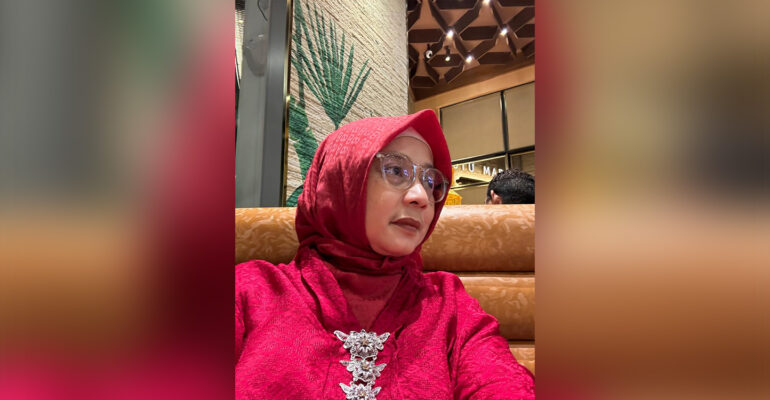IPB University Expert: Ayam Cemani is Not a Mystical Chicken, But a High-Value Genetic Wealth

Ayam cemani (Gallus gallus domesticus) often draws attention due to its unique all-black color. In various community beliefs, this chicken is often associated with mystical things such as witchcraft or certain rituals.
However, an expert from IPB University, who is also a lecturer at the School of Veterinary Medicine and Biomedical Sciences (SKHB), Dr drh Savitri Novelina, MSi, emphasizes that from a medical and biological perspective, ayam cemani is the result of a genetic process that can be explained scientifically.
“The black color of ayam cemani comes from a genetic mutation called fibromelanosis, which is a condition where the melanin pigment spreads throughout the body, including the skin, feathers, and even internal organs. This is purely genetics, not something related to mystical matters,” she explained.
Ayam cemani, which is also known as ayam kedu, is an indigenous breed of Indonesia that was originally kept by the community for traditional ceremonies and traditional medicine. Because of its deep color and different appearance from other chickens, this chicken has developed into a spiritual symbol in several local cultures.
Nevertheless, Dr Savitri stated that belief in ayam cemani should not hinder scientific understanding and responsible husbandry practices.
“It cannot be denied that elements of belief have long been attached to ayam cemani. But from the perspective of veterinary medicine, we must ensure that its husbandry practices remain in accordance with animal welfare standards,” she said.
She explained that when ayam cemani is used in mystical practices, this animal often experiences treatment that is not ethical. For example, chickens are slaughtered indiscriminately, confined in dirty, cramped cages, or even discarded if deemed unsuitable for the ‘requirements’ of the ritual. This condition can lead to chronic stress, decreased immunity, and increase the risk of spreading diseases such as salmonellosis and avian influenza to humans.
“If kept in unhygienic environments and without regard for animal welfare principles, this chicken not only suffers but can also become a source of zoonotic disease transmission,” she explained.
Furthermore, Dr Savitri emphasized that a cultural approach needs to be applied in efforts to educate the community. She mentioned that scientific communication should be conveyed in an empathetic and non-confrontational manner.
“The most important thing is to convey knowledge in a way that respects the beliefs of the community. We do not come to change their beliefs, but to work together to maintain the health of animals and humans. If our approach is empathetic and open, the community will find it easier to accept and understand the benefits of veterinary science,” she said.
She stated that bridging local beliefs with veterinary science can be done through open dialogue, collaboration with community leaders, and practical-based outreach.
“For example, if the community believes that ayam cemani has special powers, then the educational approach can be directed towards how to care for the chicken to keep it healthy and strong. In this way, that ‘power’ is also considered to be maintained,” she added.
IPB University, through its lecturers and researchers, continues to encourage the widespread utilization of ayam cemani. In addition to cultural aspects, this chicken also has high economic value.
“The meat and eggs are starting to be developed into consumption commodities such as food menus and ayam cemani meat floss,” said Dr. Savitri. (dr) (IAAS/KMR).



